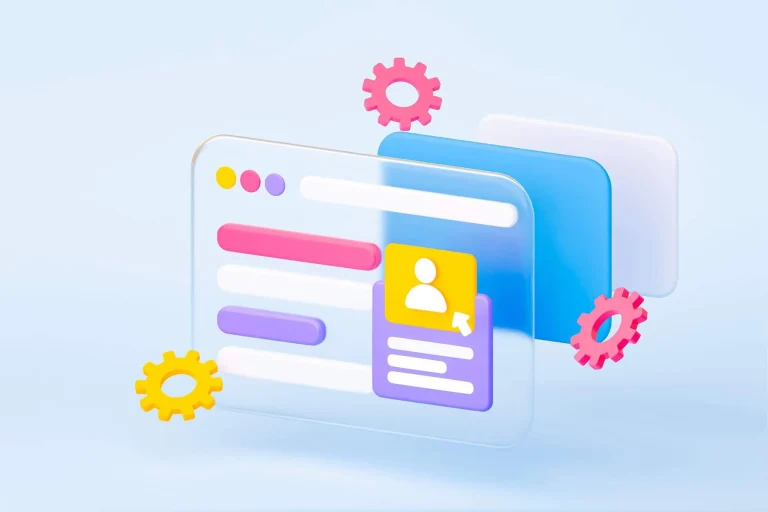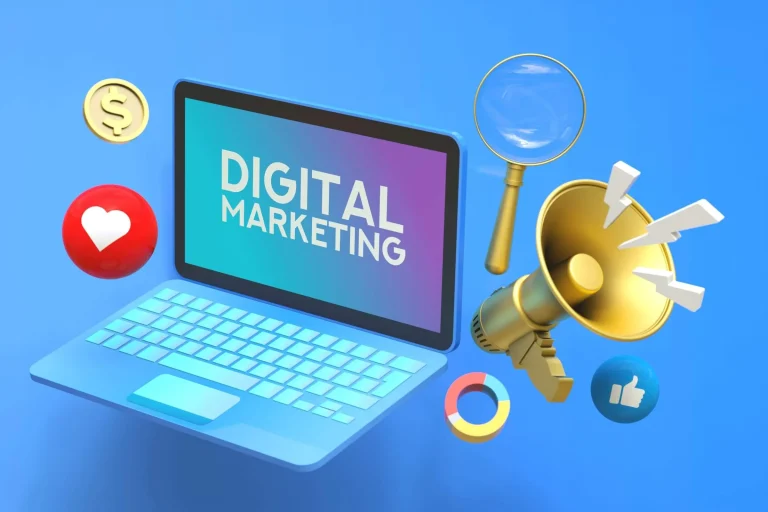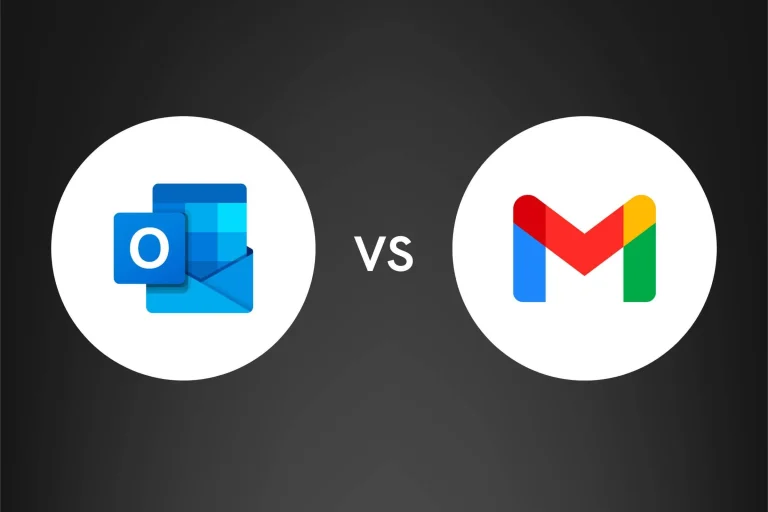As you’re probably well aware, one of the most critical aspects of web design is ensuring that our content is accessible to everyone. Yes, that’s right – EVERYONE. And when I say everyone, I mean people of all abilities.
So, I thought it would be helpful to talk a little about the WCAG guidelines (that’s the Web Content Accessibility Guidelines, for any newcomers out there) and how we can use them to make the internet a better place for all in 2023. So buckle up and let’s dive in!
What are The WCAG Guidelines?
First things first, let’s make sure we’re all on the same page with what the WCAG guidelines actually are. They’re a set of recommendations designed to make web content more accessible, particularly for people with disabilities. Think of it like a handbook for inclusivity on the web.
Since their first version in 1998, the guidelines have gone through a series of updates to accommodate the ever-changing digital landscape. As of my last update, we’re working with WCAG 2.2, which was released in 2021.
The Core Principles of WCAG
The WCAG guidelines revolve around four core principles, often referred to by the acronym POUR: Perceivable, Operable, Understandable, and Robust. Here’s a brief rundown:
Perceivable: Information and user interface components must be presentable to users in ways they can perceive. This means that users must be able to perceive the information being presented (it can’t be invisible to all of their senses).
Operable: User interface components and navigation must be operable. This means that users must be able to operate the interface (the interface can’t require interaction that a user cannot perform).
Understandable: Information and the operation of user interface must be understandable. This means that users must be able to understand the information as well as the operation of the user interface (the content or operation can’t be beyond their understanding).
Robust: Content must be robust enough that it can be interpreted reliably by a wide variety of user agents, including assistive technologies. This means that users must be able to access the content as technologies advance (as technologies and user agents evolve, the content should remain accessible).
Your Handy Accessibility Checklist
Now, let’s get to the part you’ve been waiting for: the checklist! Here are a few actionable steps to ensure your website is accessible, following WCAG guidelines.
- Use Semantics Correctly: Make sure you’re using the correct HTML elements for their intended purpose. This helps assistive technologies interpret your content correctly.
- Provide Text Alternatives for Non-Text Content: This includes using alt text for images and transcripts for videos.
- Make Sure Your Site Is Keyboard-Friendly: This should be a no-brainer, but you’d be surprised how many sites miss this! All functionality should be accessible using a keyboard.
- Avoid Time Limits: Don’t limit how long users have to read content or input information.
- Make Sure Text is Readable and Understandable: Use a readable font size and ensure sufficient contrast between text and its background. Also, avoid complex language where possible.
- Create Content That’s Predictable: The order in which users navigate your site should make sense. Avoid changing the context of a page unexpectedly.
- Help Users Avoid and Correct Mistakes: If users make an error, clearly explain what the error is and how to correct it.
- Maximise Compatibility: Your site should be compatible with current and future tools, including assistive technologies and different browsers.
So, there you have it! That’s your crash course in WCAG and web design for accessibility in 2023. It’s up to us as web designers to make the internet a place that’s truly inclusive for everyone. So let’s get out there and make some wonderfully accessible web content! Remember, our designs can open up the world for someone.

















